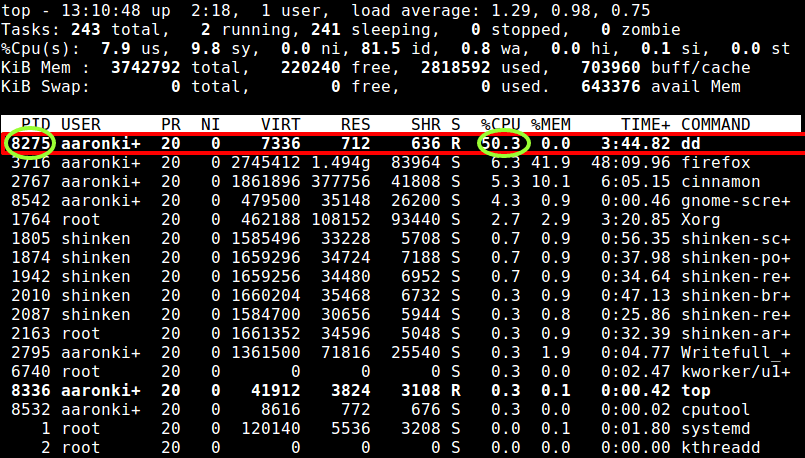

You can set -memory-swappiness to a value between 0 and 100, to tune this percentage. See -memory-swap details.īy default, the host kernel can swap out a percentage of anonymous pages used by a container. The amount of memory this container is allowed to swap to disk. That is, you must set the value to at least 6 megabytes. If you set this option, the minimum allowed value is 6m (6 megabytes). The maximum amount of memory the container can use. M, g, to indicate bytes, kilobytes, megabytes, or gigabytes. Most of these options take a positive integer, followed by a suffix of b, k,

Some of these options have different effects when used alone or when more than Such as when the kernel detects low memory or contention on the host machine. Than a given amount of user or system memory, or soft limits, which allow theĬontainer to use as much memory as it needs unless certain conditions are met, Consider converting your container to a service,Īnd using service-level constraints and node labels to ensure that theĪpplication runs only on hosts with enough memoryĭocker can enforce hard memory limits, which allow the container to use no more.Less performant than memory but can provide a buffer against running out of Be mindful when configuring swap on your Docker hosts.Limit the amount of memory your container can use, as described below.Ensure that your application runs only on hosts with adequate resources.Perform tests to understand the memory requirements of your application before.You can mitigate the risk of system instability due to OOME by: Number on the daemon or a container, or by setting -oom-kill-disable on aįor more information about the Linux kernel’s OOM management, see These safeguards by manually setting -oom-score-adj to an extreme negative


Likely for an individual container to be killed than for the Docker daemon The OOM priority on containers is not adjusted. This can effectively bring the entire system down if the wrongĭocker attempts to mitigate these risks by adjusting the OOM priority on theĭocker daemon so that it is less likely to be killed than other processes Any process is subject to killing, including Docker and other importantĪpplications. Out Of Memory Exception, and starts killing processes to free up On Linux hosts, if the kernel detects that there is notĮnough memory to perform important system functions, it throws an OOME, or It is important not to allow a running container to consume too much of the Memory Understand the risks of running out of memory Consult your operating system’s documentation for enabling them.


 0 kommentar(er)
0 kommentar(er)
